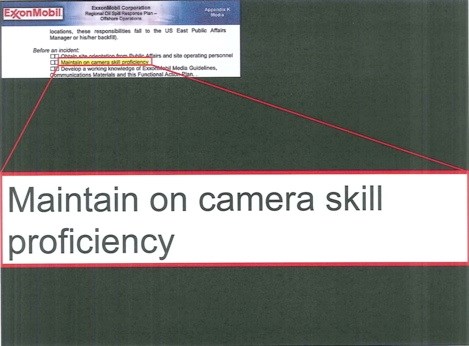NEWS RELEASE
CONGRESSMAN BART STUPAK 1ST CONGRESSIONAL DISTRICT OF MICHIGAN
************************* Stupak statement on misplaced priorities of oil companies
WASHINGTON, DC - U.S. Congressman Bart Stupak, chairman of the House Energy and Commerce Committee’s Subcommittee on Oversight and Investigations, today participated in a hearing held by the Subcommittee on Energy and Environment entitled, “Drilling Down on America’s Energy Future: Safety, Security and Clean Energy.”
On Thursday, June 17 Stupak will hold a hearing on the role of BP in the Deepwater Horizon Explosion and subsequent oil spill.
This will be the third hearing Stupak has held on the Gulf spill, including a field hearing in Chalmette, Louisiana to examine the spill’s effects on the communities and environment of the Gulf Coast region.
Stupak delivered the following statement:
“Chairman Markey and Chairman Waxman, thank you for holding this important hearing and for your leadership on the Gulf oil spill.
On the Oversight and Investigations Subcommittee, we have been investigating the actions of BP.
This hearing is important because it provides the committee a chance to examine the practices of the other major oil companies.
It could be said that BP is the one bad apple in the bunch.
But unfortunately, they appear to have plenty of company.
Exxon and the other oil companies are just as unprepared to respond to a major oil spill in the Gulf as BP.
I have been examining the oil spill response plan of ExxonMobil, the largest oil company in the United States.
This document is over 500 pages long.
In many respects, it is virtually indistinguishable from BP’s response plan and the response plans of the other major companies.
But there is one major difference between ExxonMobil’s plan and the other response plans: the section dealing with the media.
BP, Shell, ConocoPhillips, and Chevron have plans with short media relations sections.
ExxonMobil has an entire 40-page appendix devoted to how to respond to the press.
The media section in the ExxonMobil plan directs public affairs personnel to 'maintain on camera skill proficiency.'
It explains that 'communications which convey care and concern for the situation and provide relevant factual information” are “an integral part of ExxonMobil’s emergency response.'
It sets up a four-tiered system of who can respond to media inquiries.
The highest level, Category D, dictates special treatment for questions about global warming and the Exxon Valdez.
The ExxonMobil plan contains 13 detailed, pre-drafted press releases for almost any occasion.
There is a fully drafted press release for an accident involving an ExxonMobil facility.
If the injury occurred off-site, there is a separate press release for that.
Six of the stockpiled press releases are ready to express that they 'deeply regret' an outcome while two more press releases stand ready to express that ExxonMobil is 'deeply saddened.'
The media section also contains a topic guide, with talking points on over 65 issues.
In five different places, the plan directs public affairs agents to say: 'we comply with all applicable laws and regulations and apply reasonable standards where laws and regulations do not exist.'
If a public affairs officer is asked about criminal charges, the plan instructs them to say: 'We believe that there are no grounds for such charges. This was clearly an accident and we are working to respond to the immediate needs of the incident.'
That talking point is ready to go before a hypothetical incident even occurs . . . before ExxonMobil could have any idea whether it was actually an accident or if there are any grounds for criminal charges.
In short, ExxonMobil has meticulously anticipated virtually every conversation that the company might need to have with the media in the days following an oil spill in the Gulf of Mexico.
My problem is that ExxonMobil has given far less attention to actually controlling a spill.
While ExxonMobil has 40 pages on its media response strategy, its plan for 'resource protection' is only five pages long, and its plan for oil removal is just nine pages long.
We have all seen the horrible images of pelicans and other wildlife coated in oil from the recent spill.
ExxonMobil’s plan appears more concerned about public perception than wildlife protection given the fact that their media plan is five times longer than its plan for protecting wildlife.
ExxonMobil’s plan is a perfect metaphor for what is going wrong in the Gulf today.
The oil company response plans are great public relations.
They allow the oil companies to say they have a 500-page plan that shows they’re prepared for any contingency.
But these plans are virtually worthless when an actual spill occurs.
And that’s exactly the kind of misplaced priorities that led to this disaster.
For documents from Stupak’s opening statement visit here.
*************************
